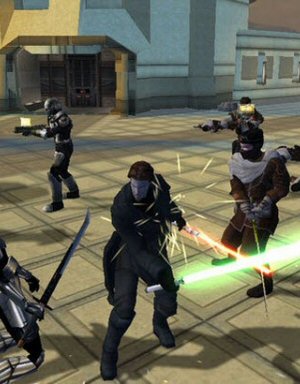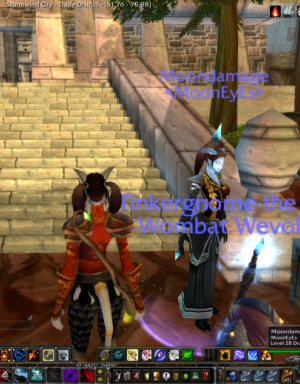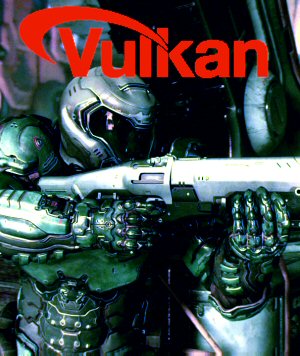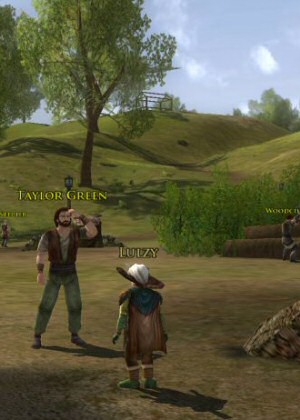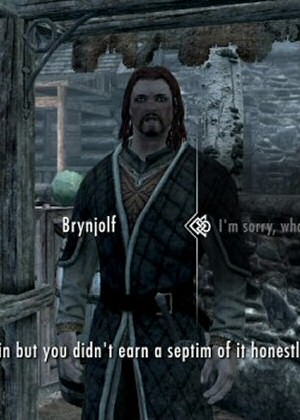1545: This is Sengoku Jidai, the Age of the Country at War. For 200 years, the Ashikaga Shoguns have ruled from Kyoto. Great power and splendor were theirs. But now, the over-mighty clans no longer obey. The time has come for a new warlord to become… Shogun!
When I look back at my growth as a gaming fan, I would be remiss to ignore the impact that strategy games have had on me. Before I played shooters, and before I played RPGs, there was Command and Conquer. I’d been introduced to the genre during a visit to my cousins’ many years ago, and my brother and I were both instantly hooked. When I lived in Western New York some eight or nine years ago, we convinced some of our neighborhood friends to get Red Alert 2, and we would play online multiplayer matches against each other all the time. Now that I think about it, that was probably the game that got me into online gaming.
But as much as I loved the old C&C games, and despite the countless hours of “one more turns” in Civilization, there’s one game series in particular that â€" ever since I discovered it several years ago â€" has stood above the others purely by virtue of its uniqueness. The Total War series demonstrates a meticulous attention to detail, and an enduring dedication to historical accuracy in presentation. They may not get everything right, and the series has always had to make some concessions from its accuracy in order to preserve gameplay, but the sheer volume of what Creative Assembly does manage to get right is astounding at times, especially considering the current climate of tightly focused, “cinematic” games that has weeded its way into the market. And its in that capacity that I am quite comfortable with calling the Total War games “simulations.” I mean, really, where else can you find such detailed reproductions of line-based warfare and tactics on a AAA budget?
According to Steam, I’ve sunk 222.2 hours (no really, that’s what it says at the time of this writing) into the latest release in the series, Total War: Shogun 2 (or Shogun 2: Total War if you have the series’ old naming scheme burnt into you mind as I do). And after throwing so many hours into it, I’ve worked up quite the urge to write about it â€" which brings us to this Let’s Play. Now this is a little new to me; I’ve read a lot of Let’s Plays, and I’ve edited a video Let’s Play non-stop for a year and a half, but I’ve never actually attempted to write my own.
Now, I’m not going to attempt to conjure up some sort of original fiction for this series â€" Shamus and Rutskarn are both much better at that sort of thing than I am â€" but I have something else I’d like to focus on. All of the Total War games are rife with historical context, owing to their creators’ attention to detail and accuracy. And while I wouldn’t quite characterize myself as a “history geek,” I love reading about it, especially when its on a topic I got very little exposure to at school (e.g., anything that’s not American History (argh) or beginning-of-civilization-era world history).
Without further ado then, let’s talk about the historical context surrounding Total War: Shogun 2, shall we? What is the Sengoku Jidai? Why are all of these people fighting? What does it all mean? And more importantly, what’s up with those crazy hairdos?
Continue reading ⟩⟩ “Josh Plays Total War: Shogun 2”
 Josh Viel is the primary editor and producer of the Spoiler Warning video series. You can support the show by backing the Patreon.
Josh Viel is the primary editor and producer of the Spoiler Warning video series. You can support the show by backing the Patreon.
 T w e n t y S i d e d
T w e n t y S i d e d



